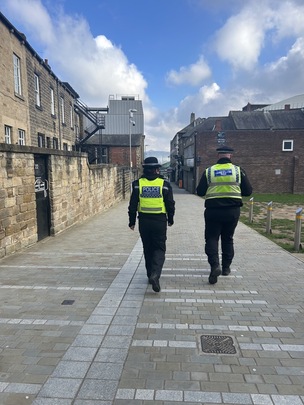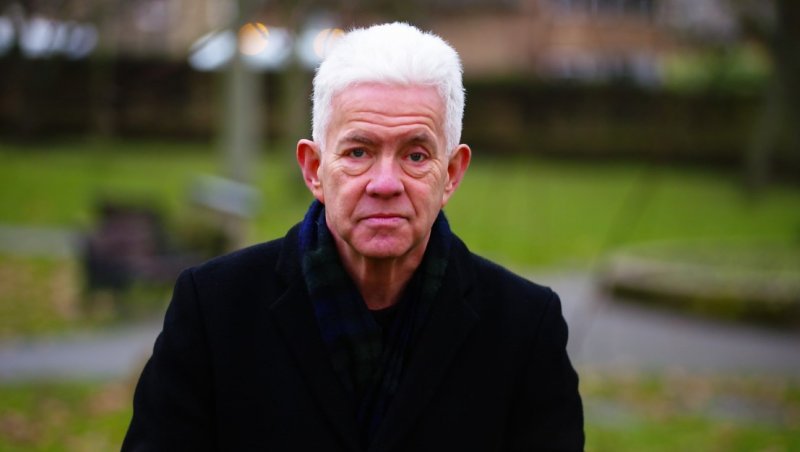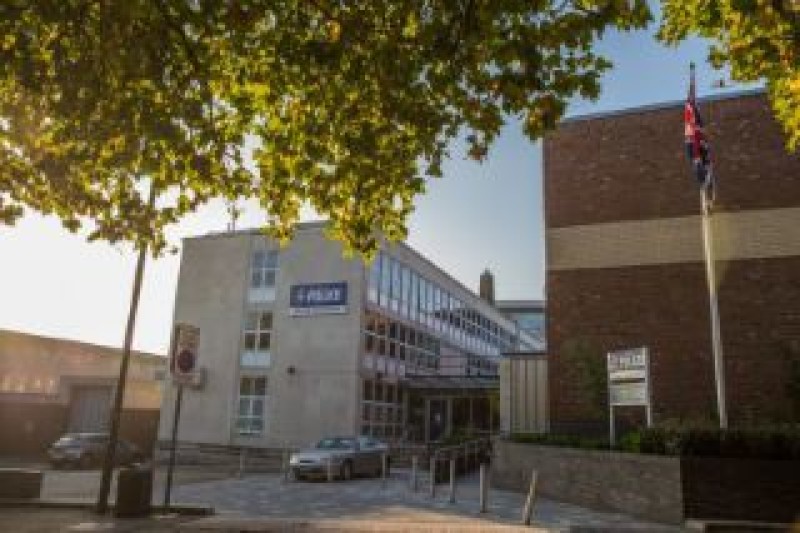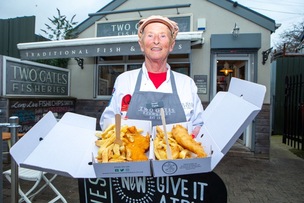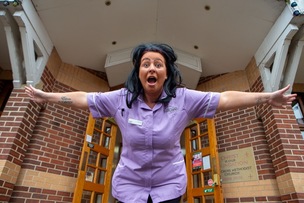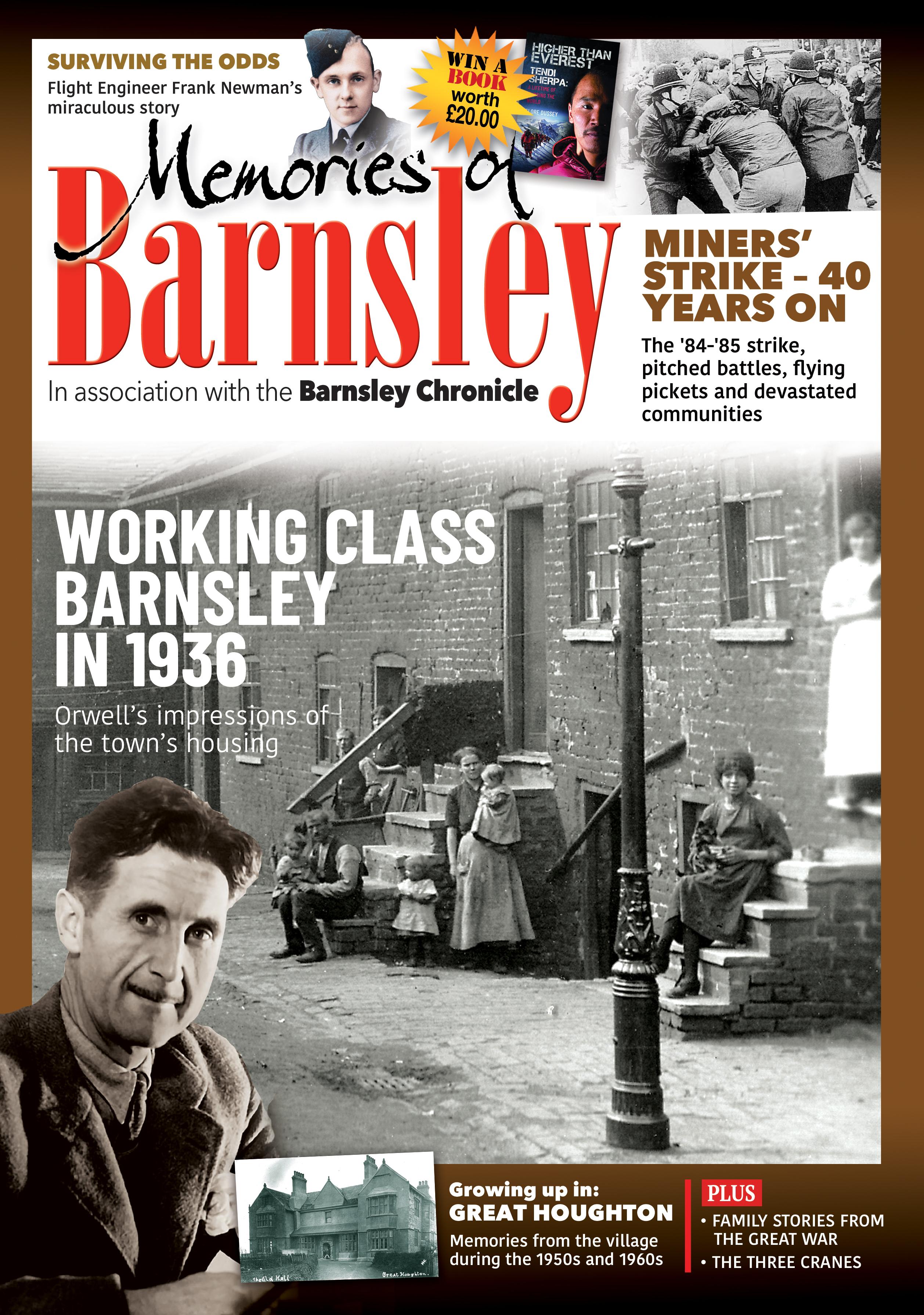SIGNIFICANT rises in the numbers of criminals caught with drugs or weapons in Barnsley are down to the police’s ‘proactive approach’ to stopping crime, bosses claim.
The new figures, released by the Office for National Statistics, show just a one per cent increase in overall levels of recorded crime across the borough.
But despite overall levels of stability, the number of specific crimes involving possession of drugs or weapons has sharply risen - with the latter the highest since 2003, the earliest year on record.
From December 2018 to December 2019, Barnsley’s Community Safety Partnership - a combination of emergency services, the council and health and probation services - recorded a 28 per cent increase in crimes involving possession of weapons, from 191 cases to 245.
Drugs possession offences increased from 478 to 602 across the same period - a 26 per cent rise.
There were also increases in specific victim-based crimes including sexual offences, robbery, vehicular offences and burglary, despite an overall reduction in these types of crimes.
Barnsley’s district commander, Chief Superintendent Sarah Poolman, told the Chronicle the figures show a ‘really reassuring picture’ that the force’s approach - focusing on prevention, intervention and increasing investment in neighbourhood teams - is paying off.
“Crimes such as drugs and weapon possession are what we call proactive crimes - we have to go out and find them,” she said.
“These increases are due to our increased capability and capacity to do that.
“We are putting additional resources into high-crime hotspot areas, so teams can go out every day and stop people who are out at strange hours, and can stop-and-search them and apprehend them if necessary.
“Our neighbourhood teams are an absolutely critical part of this.
“They know from a local perspective how to deal with these issues that residents raise with them - not just around enforcement.
“Victim-based crime is down by one per cent, which is positive - while we’re not claiming to have changed the world, it does mean there are less victims out there.”
Barnsley’s figures reflect overall rises in the numbers of drug and weapon possession offences in South Yorkshire - which saw almost 1,000 more drug possession crimes in 2019 than the previous year.
Chf Supt Poolman points to the work of the South Yorkshire violence reduction unit - a £1.6m scheme to target young people at risk of becoming involved in organised crime - and the Home Office-funded serious violence task force in identifying and tackling these.
The task force is a specialist team of officers that works in the four South Yorkshire districts to support local police with visible patrols and community outreach work, in areas where reports of violence - particularly knife crime - are high.
Chf Supt Poolman added that the records, which end at December, are limited in comparison to police data which stretches across the financial year.
She said the data was skewed slightly by a short spike in ‘two-in-one’ burglaries - in which thieves target a property to steal car keys - at the beginning of 2019.
Police are forecasting a ten per cent reduction in residential burglaries across the financial year, once their data is finalised.
Positively, Barnsley saw the numbers of recorded thefts and shoplifting offences fall by 22 and 25 per cent respectively - which Chf Supt Poolman put down to a combination of neighbourhood teams’ ‘problem solving’ alongside local retailers and changing criminal behaviours.
She said: “I’m not going to deny that we need to continue this work, but we have seen some good proactive results.
“We need to continue our early intervention with young people, so they’re not drawn into that sort of lifestyle where drugs and carrying knives are common.”
Nationally, knife crime is at its highest-ever level, with South Yorkshire Police recording a 97 per cent increase in offences involving a knife from April 2010 to December 2019.

